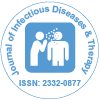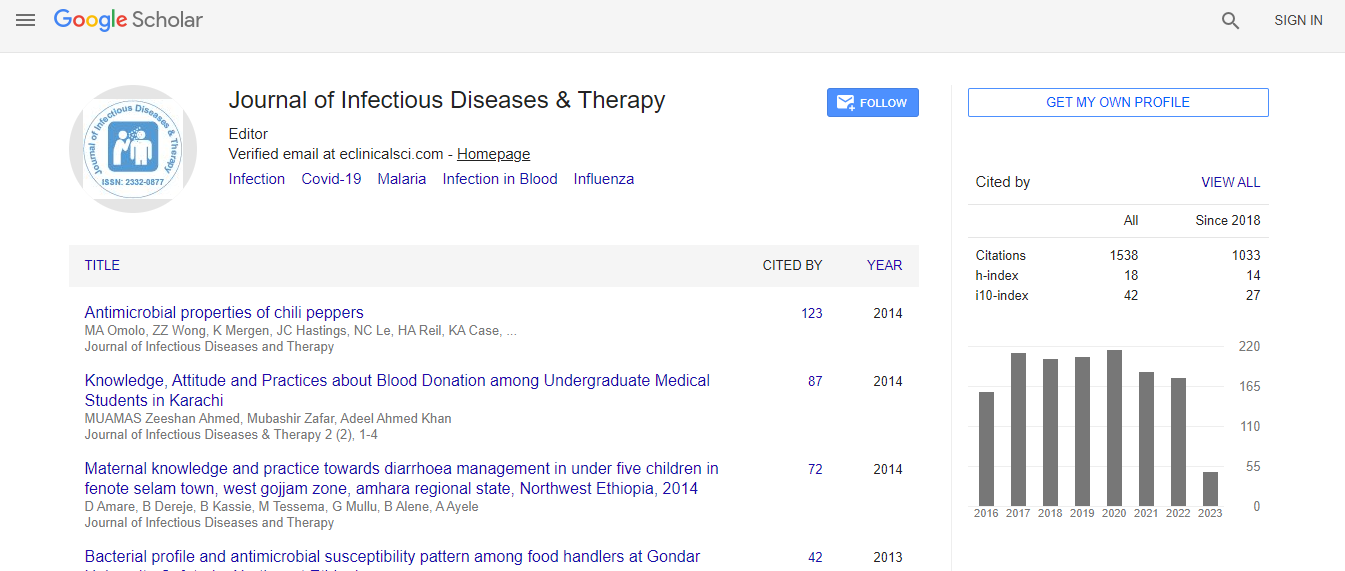Our Group organises 3000+ Global Events every year across USA, Europe & Asia with support from 1000 more scientific Societies and Publishes 700+ 91³Ô¹Ï Journals which contains over 50000 eminent personalities, reputed scientists as editorial board members.
91³Ô¹Ï Journals gaining more Readers and Citations
700 Journals and 15,000,000 Readers Each Journal is getting 25,000+ Readers
Citations : 1529
Indexed In
- Index Copernicus
- Google Scholar
- Open J Gate
- RefSeek
- Hamdard University
- EBSCO A-Z
- OCLC- WorldCat
- Publons
- Euro Pub
- ICMJE
Useful Links
Recommended Journals
Related Subjects
Share This Page
Clinical characteristics and therapeutic outcomes of postneurosurgical bacterial meningitis in elderly patients over 65: A hospital-based study
5th International Congress on Infectious Diseases
Lee Jun Jun
Kaohsiung Chung Gung Memorial Hospital, Taiwan
Posters & Accepted Abstracts: J Infect Dis Ther
DOI:
Abstract
We collected 540 patients with adult bacterial meningitis (ABM) from 1986-2015, of whom 167 were �65 years. Of these 167 elderly patients, 82 had post-neurosurgical infections and 85 had spontaneous infections. The 82 elderly ABM patients with post-neurosurgical infections included 48 men and 34 women with a median age of 71 years (range: 65-84 years). The major clinical presentations were fever (80.5%), altered consciousness (50.0%), hydrocephalus (43.9%), seizure (24.4%) and septic shock (15.9%). Of the implicated pathogens, staphylococcal species (spp.) were the most common (31.7%), followed by Acinetobacter spp. (12.2%), Enterobacter spp. (7.3%), Pseudomonas spp. (7.3%), Enterococcus faecalis (7.3%) and Escherichia coli (6.1%). The implicated staphylococcal spp. had a high rate of non-susceptibility to methicillin (84.6%), and the implicated Acinetobacter spp. and Enterobacter spp. had non-susceptible rates to ceftazidime of 60% and 50%, respectively. The mortality rate was 28.1%, and septic shock was the most significant prognostic factor. As the conclusion, elderly patients accounted for 30.9% of all cases of ABM, of whom 49.1% had post-neurosurgical ABM. The clinical characteristics of the elderly patients with post-neurosurgical ABM were non-specific, and cerebrospinal fluid studies were needed to confirm the diagnosis. The mortality rate of this group of patients was high, and septic shock was an important prognostic factor. The clinical and laboratory features and therapeutic outcomes were different between the elderly patients with post-neurosurgical and spontaneous ABM.Biography
Lee Jun Jun has completed her Medical Training at Tapei Medical University and Resident Training at Kaohsiung Chung Gung Memorial Hospital.
Email:killerclaire@gmail.com

